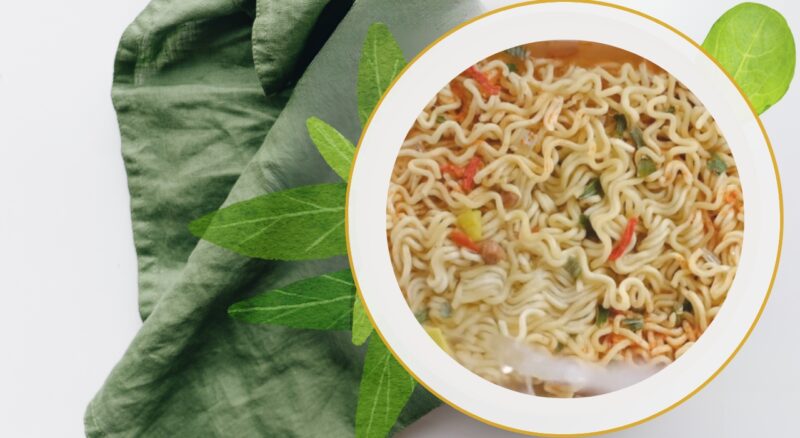Ramen, this humble noodle dish, has undeniably captured the global culinary scene with its complex flavors and convenient preparation. Originating from Japan, ramen’s popularity has skyrocketed worldwide, with countless restaurants and instant ramen brands satisfying the cravings of noodle enthusiasts everywhere.
Its versatility is undeniable. You can eat it hot, cold, spicy, or mild. The array of toppings is endless, from traditional pork and egg to Western additions like bacon and cheese. However, a new question emerges among gourmets: Can you eat ramen raw?
Safety and Raw Ramen
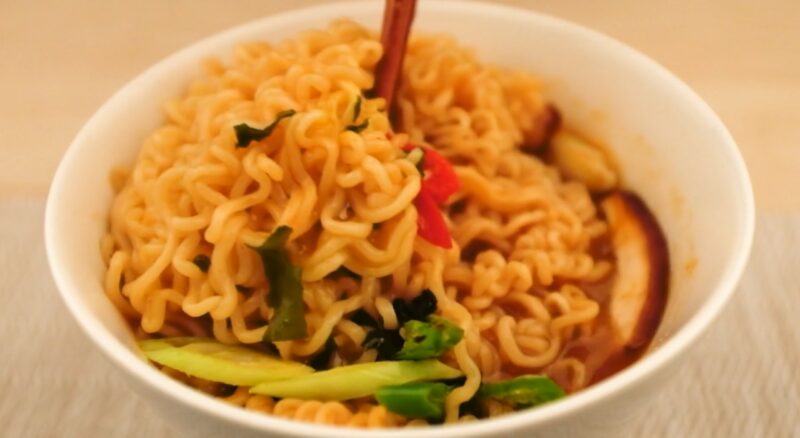
Many people might remember nibbling on uncooked ramen noodles as kids or perhaps using them as a crunchy salad ingredient. The primary concern here is: Is eating raw ramen noodles safe? The simple answer is yes. Instant noodles are pre-cooked during production, making them safe to eat straight from the package.
However, while not dangerous, raw ramen noodles can be hard to digest and may cause discomfort for some people, particularly those with sensitive digestive systems. Also, they lack the nutritional value and taste brought by cooking.
Production Process
To understand why raw ramen is safe to eat, it’s essential to comprehend its manufacturing process. The typical process includes mixing, rolling, steaming, and then frying the dough, resulting in partially cooked, dehydrated noodles. These are not raw but rather ready-to-eat noodles needing only rehydration.
Though traditionally, these noodles are made fresh and cooked before eating, most commercially available ramen brands we’re familiar with use this method to increase shelf life and make preparation effortless.
Nutritional Considerations
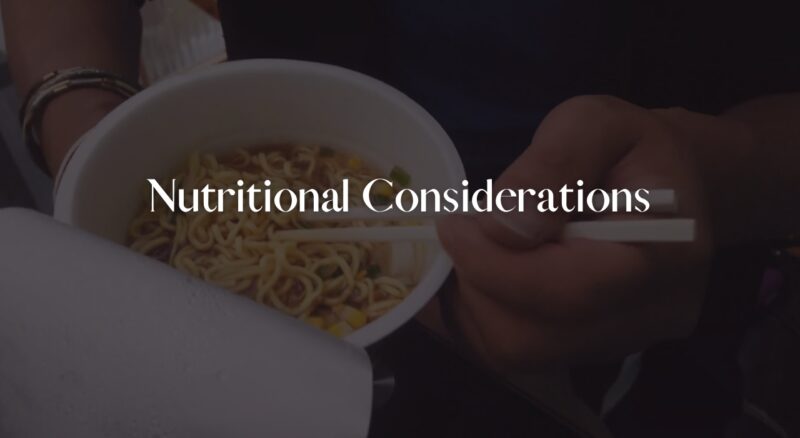
While eating raw ramen is not harmful, it’s worth considering its nutritional value. These instant noodles, whether eaten raw or cooked, are not exactly healthy food. They are typically high in carbohydrates, sodium, and unhealthy fats due to the frying process used in production.
Here’s a quick glance at the nutritional profile of a typical packet of instant ramen:
|
Nutrient |
Quantity (per 100g) |
|
Calories |
436 |
|
Carbohydrates |
64g |
|
Protein |
9g |
|
Fat |
17g |
|
Sodium |
1900mg |
Remember, these values can significantly increase once the flavoring packets, often laden with sodium, are added.
Taste and Texture
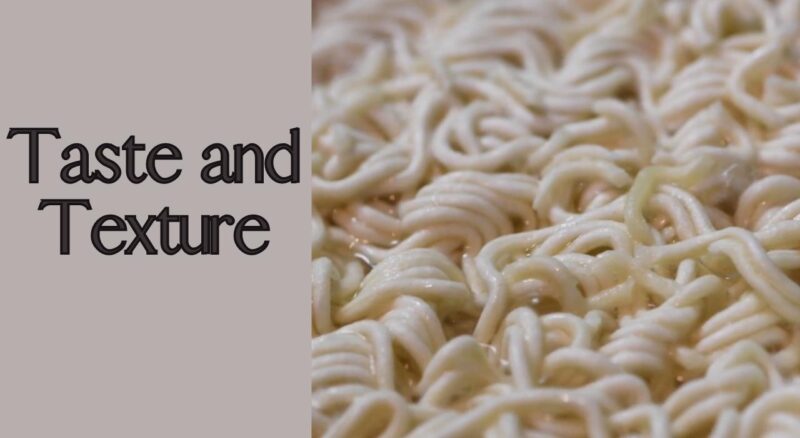
As for the taste and texture, raw ramen noodles are crunchy, bland, and dough-like, a stark contrast to the soft, slurpy, and flavorful treat they transform into once cooked. Some people may appreciate the crunch, but if you’re looking for that iconic ramen experience, eating them raw may not hit the mark.
One could argue that the magic of ramen lies in its broth, which absorbs into the noodles during the cooking process, creating a harmonious blend of flavors. Without cooking, this savory experience is missed.
Creative Use of Raw Ramen
Despite the potential drawbacks, raw ramen has found its way into creative culinary applications. One of the most popular is using crushed raw noodles as a salad topping, adding a delightful crunch. They can also be used in trail mix for a savory twist.
Here are a few ideas to get creative with raw ramen:
- Crunchy Asian coleslaw: Mix with cabbage, almonds, and sesame seeds.
- Trail mix: Add alongside nuts, dried fruits, and wasabi peas.
- Crouton substitute: Use in soups and salads for extra texture.
Cooking for Better Digestibility
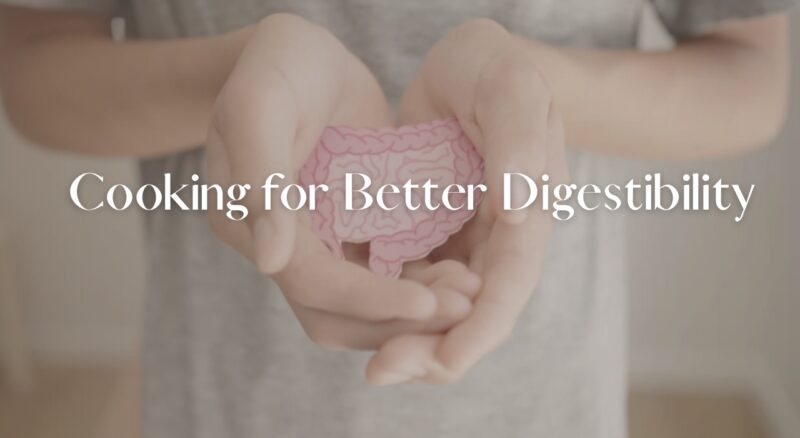
For those with digestive concerns, it’s recommended to stick to cooked ramen. Cooking not only softens the noodles but also helps break down the complex carbohydrates, making them easier to digest.
The cooking process is straightforward:
- Boil water in a pot.
- Add the noodles and cook for 2-3 minutes.
- Stir in the seasoning packet and any additional toppings.
Variations
Interestingly, there are also ramen types designed to be eaten without cooking. ‘Mama’ noodles, a popular brand from Thailand, are often eaten straight from the package as a crunchy snack. These are seasoned during the production process, making them flavorful even without cooking.
Similarly, ‘Pot Noodles’ from the UK or ‘Cup Noodles’ from Japan are ready to eat just by adding boiling water, bypassing the need for stove-top cooking.
All About Balance

In conclusion, eating ramen raw is safe but lacks the culinary and nutritional value of its cooked counterpart. It can serve as a quick, crunchy snack or a creative salad topping but should not replace a well-balanced meal.
Consuming ramen—cooked or raw—should be done in moderation due to its high sodium and fat content. Adding fresh vegetables, lean proteins, or eggs can boost its nutritional value.
The Science Behind Cooking Ramen
Ever wonder why ramen noodles cook so quickly? This rapid cooking is a result of the frying process used in manufacturing. The noodles are essentially pre-cooked and then dehydrated. When you add hot water, you’re not so much cooking the noodles as rehydrating them, making them edible within minutes.
Raw noodles, while safe, do not undergo this rehydration process. As such, they maintain their hardness and may pose some challenges to the digestive system. The cooking process also adds to the taste profile of the noodles by allowing them to absorb the flavors of the broth.
How Does the Body Digest It?

Eating raw ramen results in the body working harder during digestion. The body’s enzymes have to break down the noodles into a mushy consistency before they can be digested fully. This process can put unnecessary stress on your digestive system and potentially lead to issues like bloating and indigestion.
On the other hand, when ramen noodles are cooked, they are broken down into a form that’s easier to digest. They become soft and pliable, meaning your body doesn’t have to work as hard to break them down. This is why cooked ramen is generally recommended over raw noodles, especially for those with sensitive digestive systems.
The Popularity
Raw ramen has gained popularity, especially among school-aged children, as a quick and convenient snack. The allure of this dish lies in its simplicity. You just open the package, sprinkle the seasoning packet, and munch away. It’s a fun, crunchy alternative to traditional snacks like chips or popcorn.
However, despite its popularity, it’s important to note that regular consumption of raw ramen may contribute to an increased intake of unhealthy fats and sodium, which can lead to health issues like high blood pressure and heart disease. Hence, it’s advisable to keep the consumption of raw ramen to a minimum and balance it out with healthier snack options.
Alternatives You Can Try

If you’re craving the crunchiness of raw ramen but want something healthier, there are plenty of alternatives. You can opt for whole grain crackers, nuts, or seeds, which offer a satisfying crunch and also provide essential nutrients.
Here are some healthier snack alternatives:
- Almonds or other nuts: High in protein and healthy fats.
- Rice cakes: Low in calories and can be paired with healthy toppings.
- Whole grain crackers: Rich in fiber and can be enjoyed with dips or cheese.
- Raw veggies: Packed with essential nutrients and can be paired with a healthy dip.
The Verdict
While the crunch of raw ramen can be appealing, and its safety isn’t an issue, our gastronomic journey reveals that the true magic of this dish lies in its warm, soothing broth and soft, slurpy noodles.
Whether you prefer to stick to the traditional methods or venture into unconventional uses, ramen continues to prove itself as a versatile dish, captivating food lovers across the globe.

